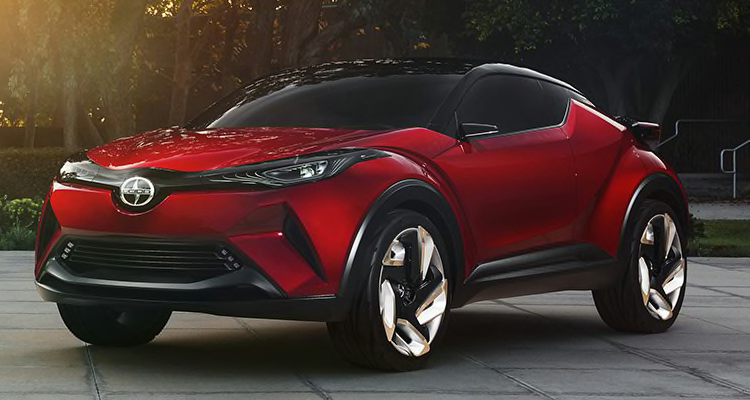It is official: Toyota has announced that it will shut down the Scion brand after 13 years. Unlike the numerous automotive brands shuttered in recent years, such as Saab and Saturn, the impact to Scion owners should be negligible.
Beginning in August 2016, new Scion vehicles will be badged as Toyotas, including the FR-S sports coupe, iA sedan, and iM hatchback. The tC coupe will be retired at that point, after an obligatory special-edition trim package is offered. The C-HR crossover concept shown at the LA Auto Show will join the line as a Toyota.
Scion customers continue to be able to have their cars serviced at Toyota dealerships. Unlike those abandoned GM brands, there are no worries about parts availability, nor significant concerns about resale value.
Scion launched in 2003 as a youth-targeted brand with the goal to appeal to younger customers who might perceive the Toyota brand as too stodgy. There was a willingness to bring over a car for a few years, without committing to a traditional multi-generation plan. As a consequence, the Scion dealership offerings by design would change significantly year to year.
Despite the promise, this approach led to a rather starved product portfolio of mediocre, barebones cars that often outlived their marketplace novelty. There were awkward periods where the dealership offerings became quite meager, or even out of tune with U.S. needs. The diminutive, short-lived iQ being a recent example.

But the Scion products were known for reliability and affordability. And the shopping experience was distinguished by no-haggle pricing and strikingly simple models that invited customers to personalize their vehicle with dealer add-ons, rather than shop a wide menu of trim levels and options packages.
Over the course of selling one million cars, Scion succeeded in that 70 percent of the cars were bought by first-time Toyota customers and about half the buyers were under 35 years old. This latter element was key to the brand's original strategy to create lifelong Toyota customers from an earlier age.
Looking at the current models, the real standouts are those vehicles that Toyota has co-developed or rebranded from other automakers, namely the FR-S and iA. These will soon crowd dealerships alongside the Yaris and Corolla, saturating the showrooms with entry-level vehicles better suited to a market with higher gas prices.
It is ironic that this moment comes at a point when the Scion line-up now is arguably the strongest in the brand's history.


















